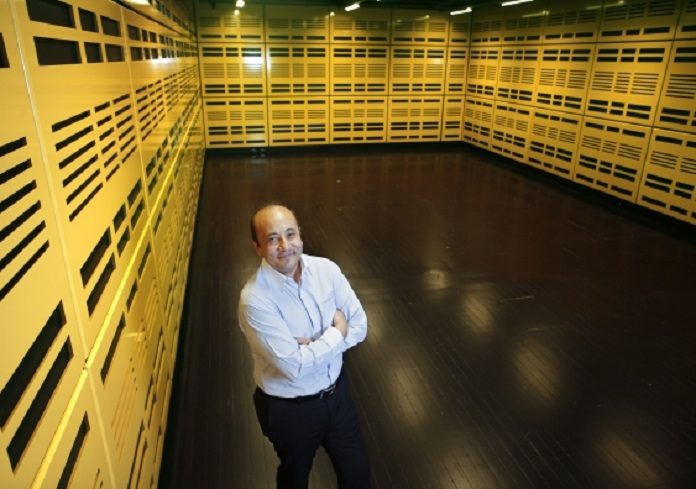In a three-year collaboration between the University of New South Wales (UNSW), Creative Robotics Lab and the Fuji Xerox Research Technology Group (RTG) in Japan designed the social robot, which will enhance employee work experience by taking on several tasks in the workplace.
The first episode of the project involved elementary engineering tests at UNSW. Following this, the robot will be placed in real-life scenarios to test audience responses, first at the National Museum of Emerging Science and Innovation in Tokyo later at the Fuji Xerox office.
Essential data about the interactions will be gathered to assist the further advancement of the robot.
Roshan Thapliya, Research Senior Manager of the Research and Technology Group at Fuji Xerox, said the new social robot would interact with employees in the workplace and perform administrative and organizational tasks, allowing workers to use their time to create.
The UNSW Social Robotics Lab will work on the design and psychological programming of the robot. Later, variant technical aspects, such as Robo-navigation and artificial intelligence, will be evolved by the UNSW School of Computer Science in collaboration with Fuji Xerox.
Dr Thapliya added, “If you look at an average office worker at the moment, almost 70-80% of their time they are not doing the work they should be doing.”
“They are looking for documents or for the right person to ask about a particular problem.
“We would like a special type of robot that would fit right into the workplace so that people will not be disturbed by its presence but at the same time help them with their tasks.”
The second episode will focus on evolving technology that will monitor and enhance the employees’ wellbeing and facilitate collaboration amid colleagues.
Dr. Thapliya and the Director of the Creative Robotics Lab at UNSW, Professor Mari Velonaki, say synchronicity is the key to workplace cooperation, and the robot is designed to facilitate that. They believe that social robots can break down barriers between employees to encourage collaboration.
Dr. Thaliya mentioned, “If you are calm and able to synchronize with your team members then your productivity will improve, and this is what we are looking for. We are not looking for drones, we are looking for creators and innovators.”
Professor Velonaki stated, “With synchronicity, we are looking at a balanced environment. Someone else wants to join a circle because it seems collaborative and the robot can facilitate that.”
Dr. Thapliya believes the emotional wellbeing of people in the workplace is vital and that social robots can help in that regard.
He further added, “Our main goal is to make a companion for humans… I think one of the differentiators will be understanding the person’s emotional requirements and acting not in a physical way, but in a subtle way that facilitates positive arousal… we want to create a heartful robot.”
He believes it is even potential for social robots to play a role in reducing social isolation among Japan’s aging population.
Professor Velonaki and Dr. Thapliya are adamant that social robots will not supersede people in the workplace. Instead, they will permit employees to collaborate and to utilize the skill that will be a hallmark of the workplace of the future creativity.
Professor Velonaki said, “We are not interested in building machines that will replace humans, we are interested in creating systems that enhance humans. It is to connect people. It sounds like an oxymoron asking a robot to connect people, but there can be less stigma attached when a physical agent connects people.”
Dr. Thapliya said, “Creativity is the one thing that humans will always be better at than machines, and creative work is what will be required over the next 20 to 30 years. What technology does is it disrupts this linear model into a different model and actually creates more jobs.”
Dr. Thapliya acknowledges that the project is ambitious but that is part of its appeal, “If you are really going to create something, you should create something that is really cutting edge. Get to the boundaries and see what it’s like.”
